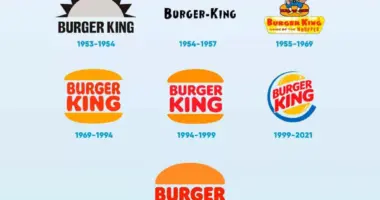
A case study of how one company turned a sad ad campaign into a winner with staying power.
November 2, 2020 4 min read
Opinions expressed by Entrepreneur contributors are their own.
I was sitting in a room full of highly paid and talented marketing folks for one of the largest brands in the world. Ideas for new marketing campaigns were flowing out of them and sticking to the whiteboard like darts at a local pub. I stood in awe at the sheer volume of ideas this room was able to create in minutes. Over the next hour, they whittled down the list and landed on the final idea with the skill of a surgeon. The arguments for it were strong, and the team was convinced this was the one.
Fast-forward to a month later, those same marketers were all huddled around a table. Their campaign had failed to hit its target and they were frantically trying to figure out why. This is where I decided to speak up. I cleared my throat and asked if I could chime in. A bead of sweat was dripping down my forehead like a Formula One race car speeding down a track.
I shared the ad on the screen and stood up next to it. I asked a simple question: “How does this ad make you feel?” Silence fell over the room. They began explaining what it meant and how creative the ad was. I didn’t respond. I then asked again, “But how does it make you feel?” We sat in silence again for 10 seconds that felt like four hours.
The senior ad executive said bravely, “I am not sure I feel anything.” The ad image was flashy and to the point, but it lacked any emotion. It was logical and value-packed, but people were scrolling past it on social media. So I challenged the room: “What if we told a story about a customer who struggled with this that we helped? We can tell it like a narrative and share the lessons learned.”
Silence again. I was sure I was going to get kicked out of the room. I went on to describe what it could look like: a dramatic opening, a key epiphany and the results that followed for the customer. A lightbulb went on, and everyone began brainstorming customers they could reference and stories would resonate.
The ad campaign re-launched with more click-through, conversions and engagement than ever before. During the debrief, we examined why this approach worked and boiled it down to four key reasons.
1. It started with a story
A story is the most powerful tool to build credibility and authority. Stories make us lean in and listen. Stories drive action. We are expecting to learn something when someone tells a story. It creates a desire to know the lesson, which keeps us hooked until the end.
2. It evoked an emotion
Humans act when they are in a high vibrational state. This means their brain is triggered into a higher emotional frequency. Most marketers are familiar with the practice of fear, uncertainty and doubt as a sales tactic. But many emotional states work to motivate your customers, and you must choose one that works while being sure not to alienate them.
3. It contained built-in social proof
Whether they are aware of it or not, your customers always ask themselves two questions about your product: Will this work, and will this work for me? When you use a customer success story to showcase your brand or product, you are showcasing social proof. The reader can see how it worked for someone else and determine how closely they fit the story.
4. Customers saw themselves in the story
When we listen to stories, we are constantly mapping them to our own experiences and situations. This is the same principle that causes you to naturally want to share a similar experience when a friend tells you about their most recent trip, adventure or vacation. Use this to help your customers visualize themselves in the story you’re telling.
Using these techniques in your advertising will make the ad more effective and create a stronger bond with your customers. They will begin to look for your content and ads. Each time they read your stories and receive a lesson, they will get a mental reward. It will actually trigger a dopamine response in the reward center of their brains, which creates likeability. This will in turn strengthen the bond between your brand and positive emotion in their minds. You now have become a mental shortcut that will cause them to come back for more. This will result in more engagement, action and results.
What are the stories you have hidden in your brand?
loading…
This article is from Entrepreneur.com








